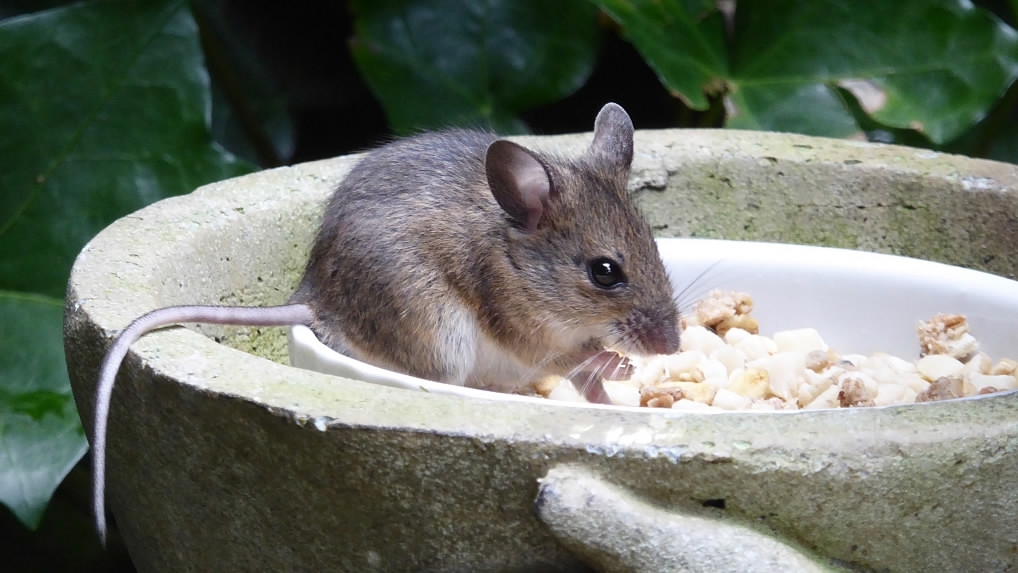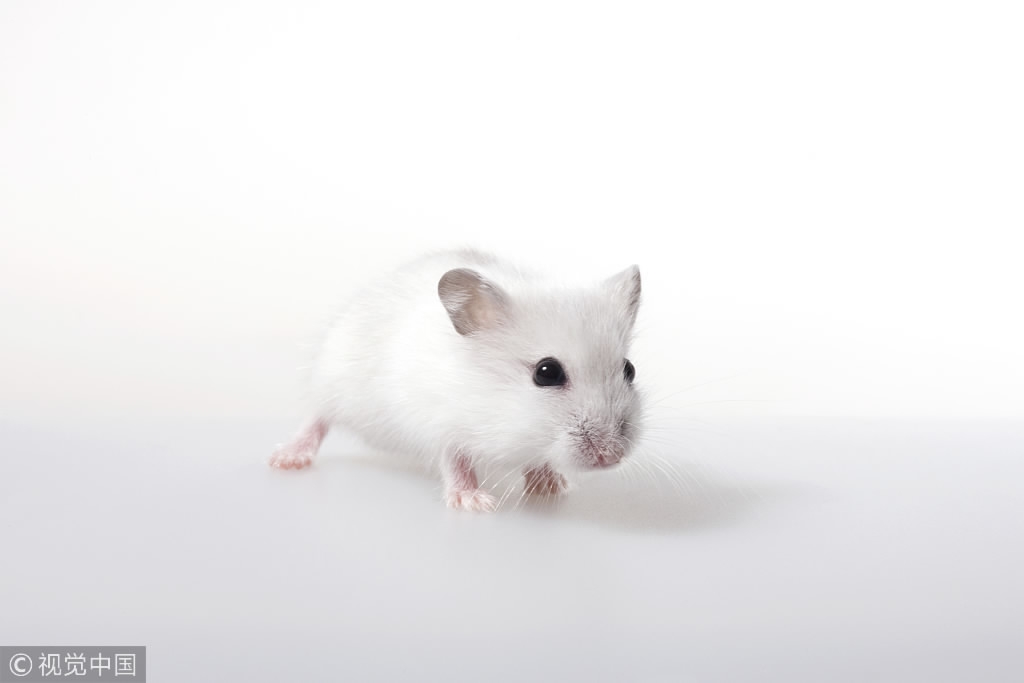
Animal
07:39, 18-Mar-2018
Mice change appearance after 'frequent exposure to humans': study

Wild mice living in close proximity to humans end up looking different within a decade, which could provide clues about how domestication began in other animals like dogs, according to a press release from University of Zurich (UZH) on Friday.
Many tame domesticated animals have a different appearance compared to their relatives in the wild, for example, white patches in their fur or shorter snouts. A team of UZH researchers observed this phenomenon in wild mice (Mus musculus domesticus) that live in a barn near Zurich.
Within a decade, this population of mice developed two of the distinct phenotypic changes: white patches on their otherwise brown-colored fur as well as shorter snouts.
"The mice gradually lost their fear and developed signs of domestication. This happened without any human selection, solely as a result of being exposed to us regularly," says Anna Lindholm, the team leader.

Many tame domesticated animals have a different appearance compared to their relatives in the wild. /Photo via VCG
Many tame domesticated animals have a different appearance compared to their relatives in the wild. /Photo via VCG
Evolutionary biologists have been studying the mice that live in the empty barn for about 15 years. These animals are regularly provided with food and water, and investigated by the researchers.
The transformation has been linked to stem cells in the embryo called neural crest that affect both behavioral and physical traits in parallel. Thus, by selecting timid animals and breeding them, researchers unintentionally had an effect on their physical appearance.
But the wild house mice were not selected in any way. According to Lindholm, the "self-domestication" by the mice themselves led to gradual changes in their appearance "incidentally and inadvertently" much like selective breeding of Siberian foxes.
This self-domestication could offer clues into how wolves developed into domestic dogs, says the UZH study, which was published in the journal Royal Society Open Science on March 7.
(Cover photo via VCG)
Source(s): Xinhua News Agency

SITEMAP
Copyright © 2018 CGTN. Beijing ICP prepared NO.16065310-3
Copyright © 2018 CGTN. Beijing ICP prepared NO.16065310-3